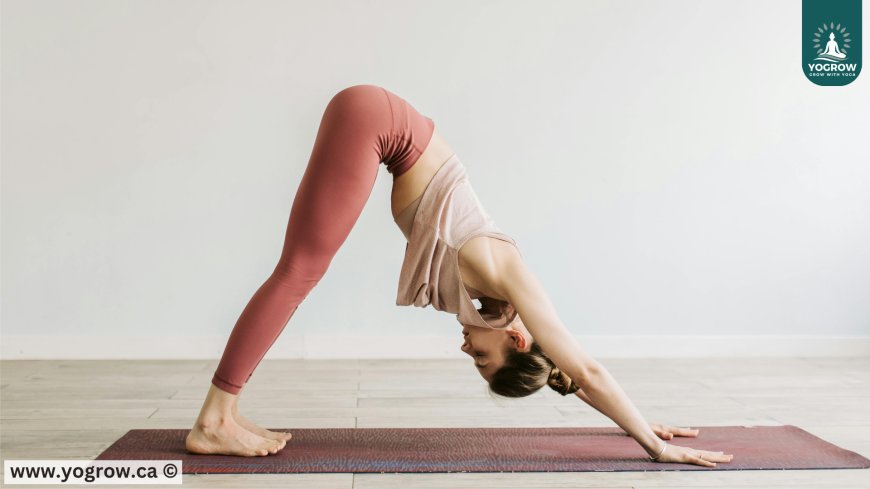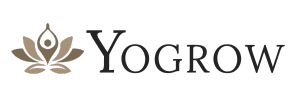Downward Dog & Upward Dog Benefits: Finding Flow in Simplicity
Discover how Downward Dog and Upward Dog can bring strength, balance, and mindfulness to your yoga routine. Start your flow with simplicity.

In today’s fast-paced world, the simplicity of a steady yoga flow can be a lifeline. The Downward-Facing Dog (Adho Mukha Svanasana) and Upward-Facing Dog (Urdhva Mukha Svanasana) are two foundational poses that, when practiced mindfully, offer profound benefits for both body and mind. These classic asanas embody the essence of yoga’s ability to simplify movement while creating balance, strength, and awareness.
Significance of Downward Dog and Upward Dog
Understanding the significance of these two key yoga poses is essential for anyone seeking physical rejuvenation and mental clarity through simplicity. Despite their accessibility, these poses can deliver deep, transformative effects when practiced consistently.
1. They Anchor the Flow: Building the Foundation of Movement
The Downward Dog and Upward Dog are essential in many vinyasa sequences, serving as transitions that reset posture and breath. Their repetitive inclusion grounds the practitioner, helping build rhythm, balance, and a centered state of flow. These asanas are often a yogi’s first steps into creating a dynamic, yet minimalistic sequence that connects breath with movement.
According to Yoga Journal, these poses help form the base of many well-rounded yoga practices, offering a gateway to advanced postures by improving strength and awareness in the core and spine.
2. They Promote Holistic Strength and Flexibility
While seemingly simple, both poses require and develop significant strength and flexibility. Downward Dog strengthens the upper body and lengthens the posterior chain, while Upward Dog enhances spinal mobility and opens the chest and hip flexors. Together, they work to balance the body’s anterior and posterior muscular chains, preventing postural imbalances.
If your lifestyle involves extended periods of sitting, pairing these poses with a targeted sequence can be especially beneficial. This is well outlined in this guide on yoga for a sedentary lifestyle, where stretches like Downward Dog offer real solutions for reversing stiffness and enhancing circulation.
3. They Reflect the Duality of Effort and Surrender
One of the deeper lessons in yoga is the balance between strength and softness. Downward Dog asks for active effort and grounding, while Upward Dog invites openness and receptivity. Practicing these asanas in tandem reflects a vital principle of yoga: life requires both strength and surrender.
As highlighted in this Yoga Pose article, the interplay between these two movements is not only physical but also symbolic—teaching the practitioner to stay grounded while opening up to life’s flow.
4. They Are Ideal for All Levels of Practice
Whether you're a beginner learning your first sun salutation or an experienced yogi refining your vinyasa flow, these poses scale with your experience. Their accessibility makes them a cornerstone in beginner yoga practices, while their potential for depth keeps them valuable long-term.
For those just starting, explore this step-by-step yoga guide for beginners that walks you through foundational movements and mindful breathwork.
Step-by-Step Guide: Mastering the Flow with Downward and Upward Dog
Incorporating these two poses into your daily or weekly practice can be simple, effective, and meditative. Here’s a step-by-step breakdown for creating a fluid, rejuvenating mini-sequence:
1. Start in Tabletop Position
Begin on all fours with shoulders over wrists and hips over knees. Take a moment to ground yourself with a few deep breaths.
2. Move into Downward-Facing Dog
-
Tuck your toes, lift your hips toward the ceiling.
-
Keep your knees slightly bent if hamstrings are tight.
-
Spread fingers wide and press through the palms.
-
Aim to create an inverted "V" shape with your body.
-
Breathe deeply for 3–5 breaths.
3. Flow into Plank Position
Shift your weight forward, stacking shoulders above wrists. Engage your core and legs.
4. Transition into Upward-Facing Dog
-
Lower down through Chaturanga or the floor.
-
Press the tops of your feet into the mat.
-
Inhale and lift the chest forward and up, keeping thighs lifted off the mat.
-
Draw your shoulder blades down the back and lift the sternum.
5. Cycle Back to Downward Dog
Exhale and press back through your hands and hips to return to Downward Dog.
Repeat this flow for 5–8 rounds, focusing on breath synchronization. For more detailed insights into this movement cycle, check out this helpful guide on balancing the body with Upward and Downward Dog.
Conclusion
The Downward Dog and Upward Dog poses are more than just transitional movements—they’re a metaphor for life. Finding flow in simplicity starts with understanding these poses not just physically, but energetically. Their repetitive inclusion in practice creates a rhythm that calms the mind, strengthens the body, and reconnects us with our breath.
If you're just beginning your yoga journey, we recommend checking out this easy guide for beginners to build your foundation and confidence.
Ready to bring flow and simplicity into your life? Explore more on our blog, subscribe for weekly yoga insights, or book a class with us today at Yogrow.ca.
What's Your Reaction?
 Like
0
Like
0
 Dislike
0
Dislike
0
 Love
0
Love
0
 Funny
0
Funny
0
 Angry
0
Angry
0
 Sad
0
Sad
0
 Wow
0
Wow
0























